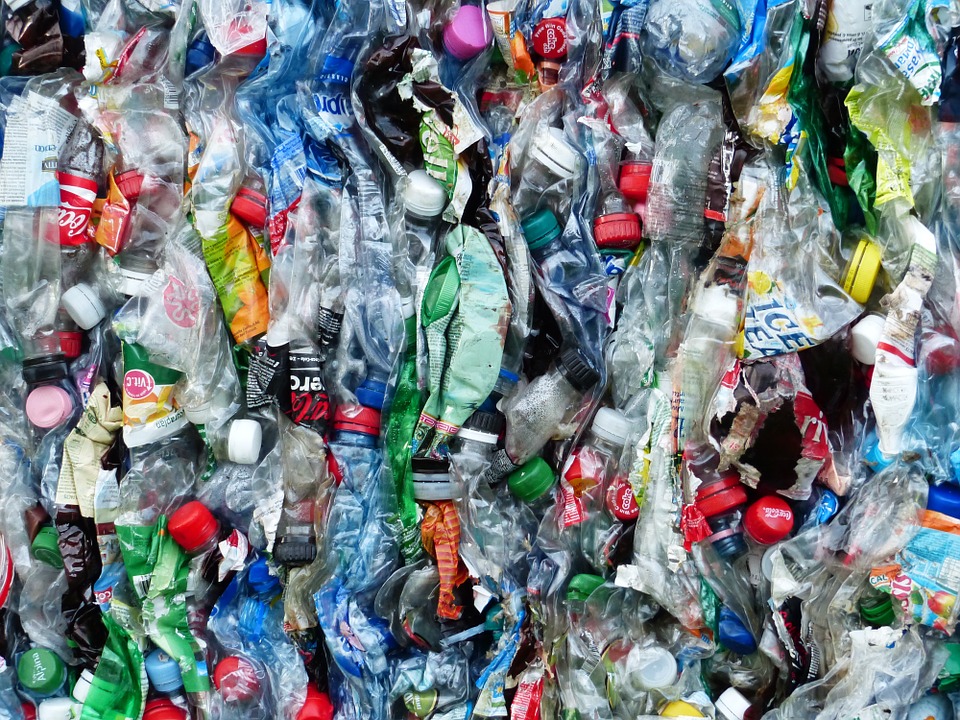Finally, thanks to the accidental creation of a mutant enzyme, we might have a solution to the ever-growing problem of plastic pollution.
In Japan, hidden in the soil at a plastics recycling plant, scientists unearthed a microbe that had evolved to eat the soda bottles that had began to overtake its habitat. This discovery was announced back in 2016, but now scientists in the UK have upped their game. While assessing how the Japanese microbe managed to break down plastic, they accidentally created a mutant enzyme that outperforms the natural bacteria.
John McGeehan, a structural biologist from the University of Portsmouth, explained “Serendipity often plays a significant role in fundamental scientific research and our discovery here is no exception.”
“This unanticipated discovery suggests that there is room to further improve these enzymes, moving us closer to a recycling solution for the ever-growing mountain of discarded plastics.”
McGeehan’s team, including researchers from the US Department of Energy’s National Renewable Energy Laboratory (NREL), happened to stumble across the mutant enzyme while investigating the crystal structure of PETase. This is the enzyme that helps the Japanese microbe, Ideonella sakaiensis, break down PET plastics.
PET is something that was patented back in the 1940s, which is relatively recent when we consider it in evolutionary terms. So, while Ideonella sakaiensis can indeed eat plastic, it’s only recently the had the opportunity to learn this trick.
Given the billions of tonnes of discarded waste that is piling up in landfills and spilling into the world’s oceans, this tiny enzyme will have to work incredibly hard. PET takes centuries to break down naturally and, at present, the enzyme only shorten this by a couple of days.
“After just 96 hours you can see clearly via electron microscopy that the PETase is degrading PET,” says NREL structural biologist Bryon Donohoe. “And this test is using real examples of what is found in the oceans and landfills.”
To find out just how efficient PETase is, the team used X-ray to generate an ultra high resolution 3D model of the enzyme. This gave them a glimpse of PETase’s active site that enables it to grip and break down it’s target. Being able to see how it works allowed scientists to engineer something that’s faster and more efficient.
They hypothesised the fact that the PETase enzyme must have evolved in the presence of PET to be able to degrade the plastic. Considering this, the researchers mutated PETase’s active site to see if they could bring it closer to another enzyme – cutinase. The unexpected result was that this adjustment ended up showing that the enzyme could still be further optimized to break down plastics.
“Surprisingly, we found that the PETase mutant outperforms the wild-type PETase in degrading PET,” says NREL materials scientist Nic Rorrer.
“Understanding how PET binds in the PETase catalytic site using computational tools helped illuminate the reasons for this improved performance. Given these results, it’s clear that significant potential remains for improving its activity further.”
The mutant PETase may only perform around 20% better than that naturally occurring enzyme but the team has highlighted the importance of understanding how the enzymes can be optimized and augmented. It means that future versions of the enzyme should be able to break down plastic at a much faster rate and may also help us to break down other materials, too.
